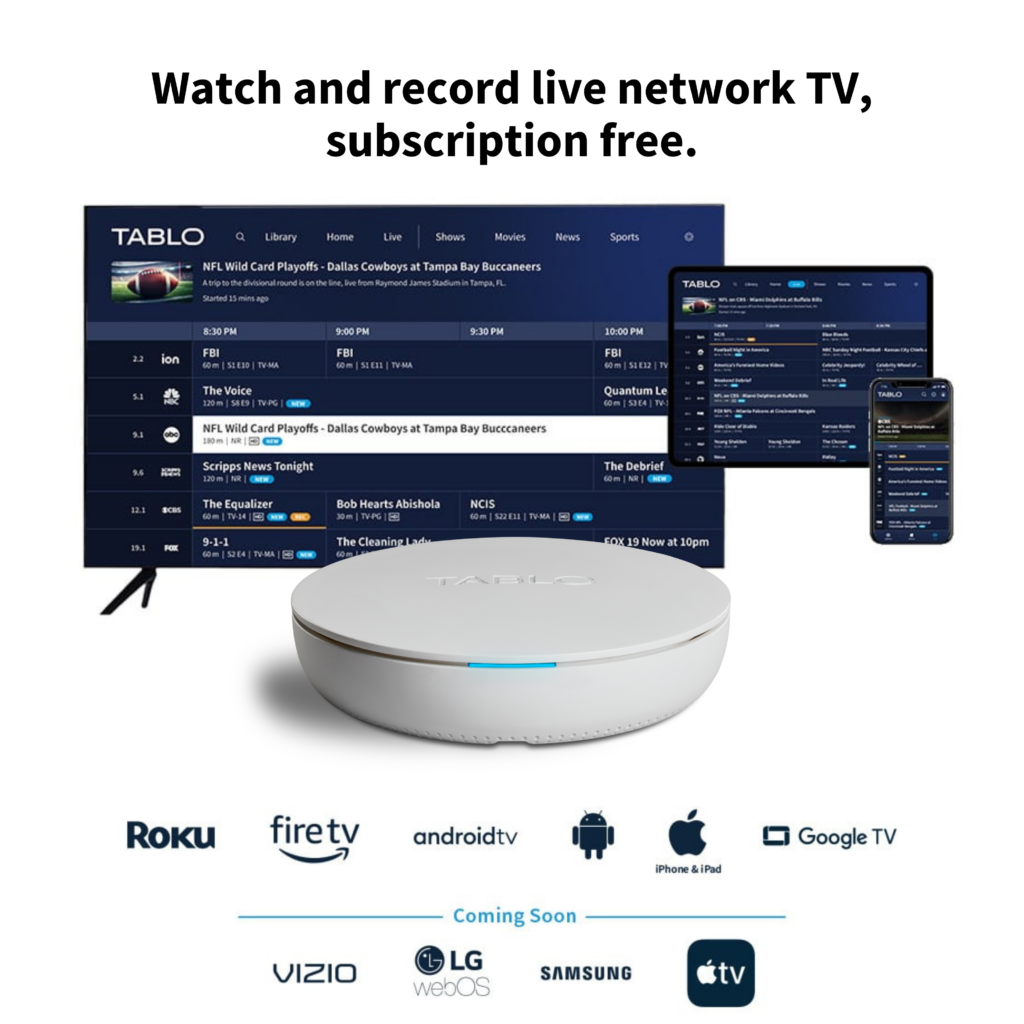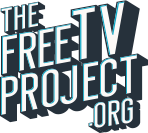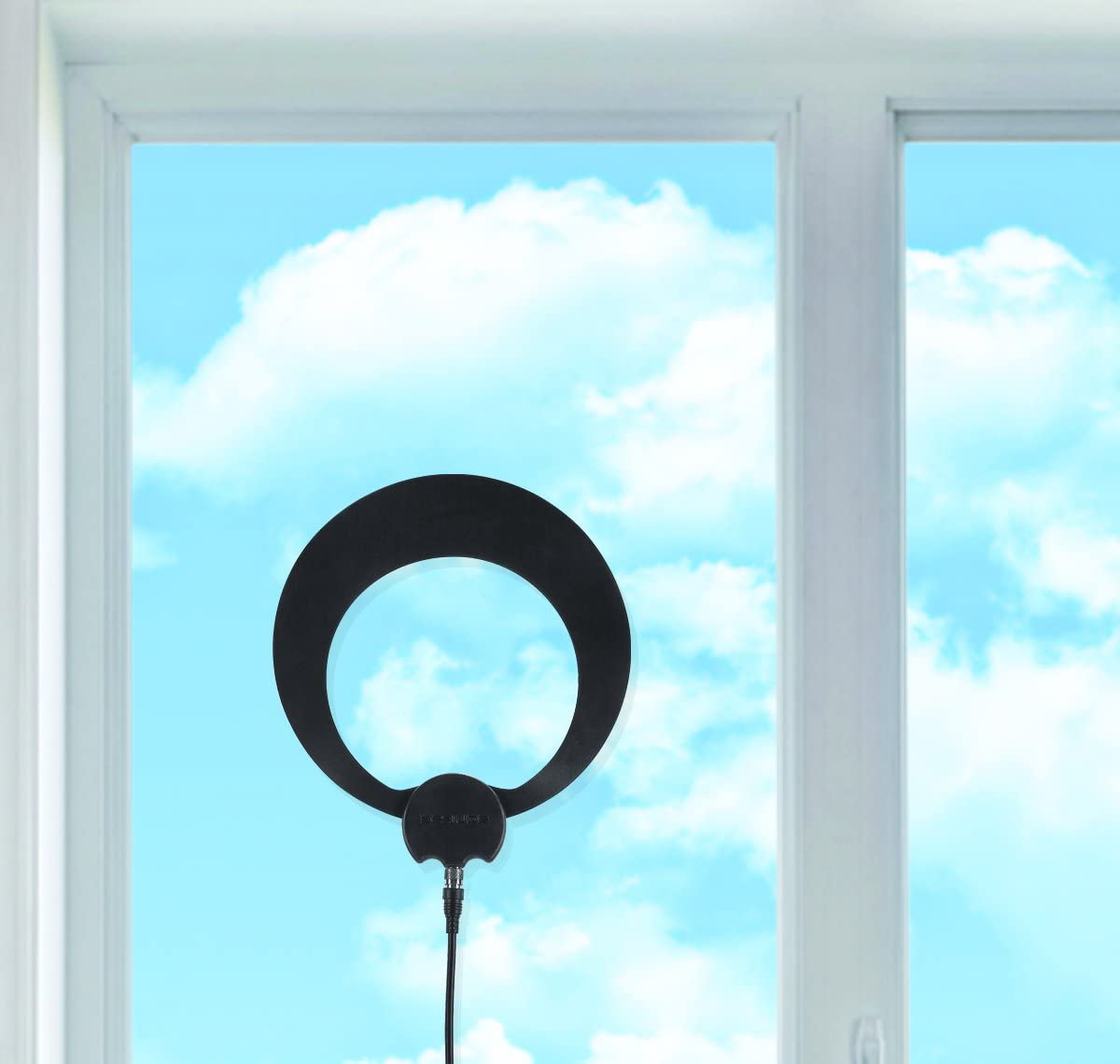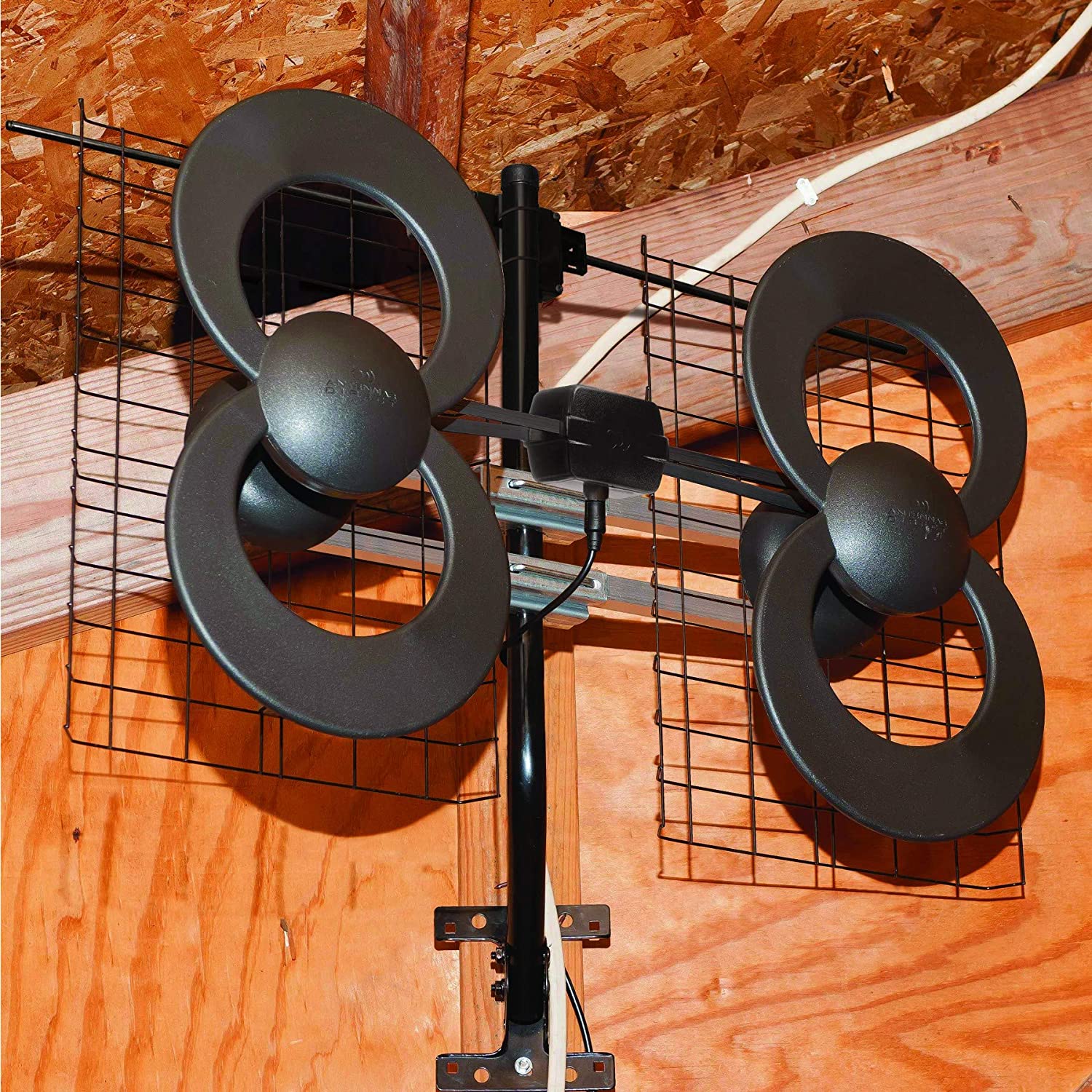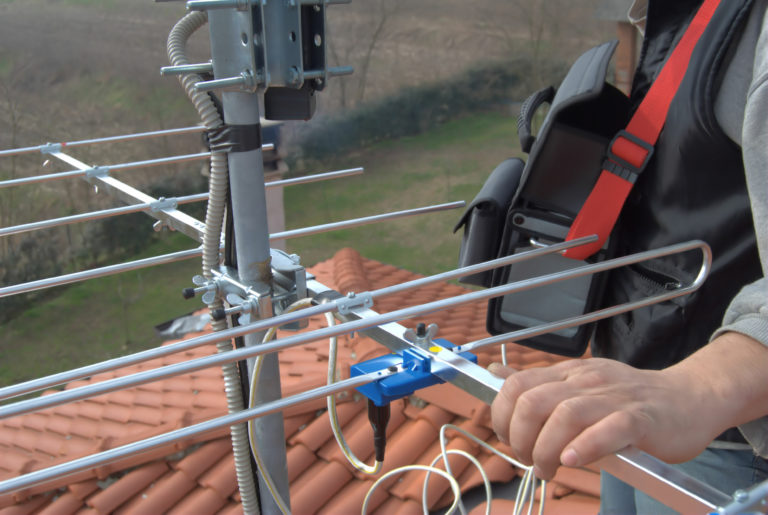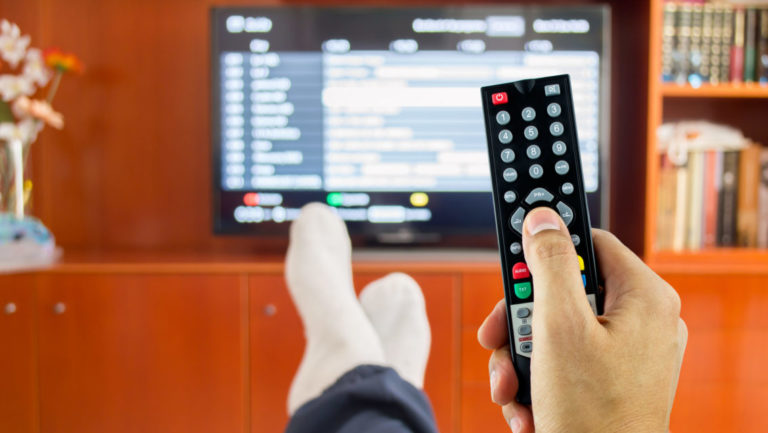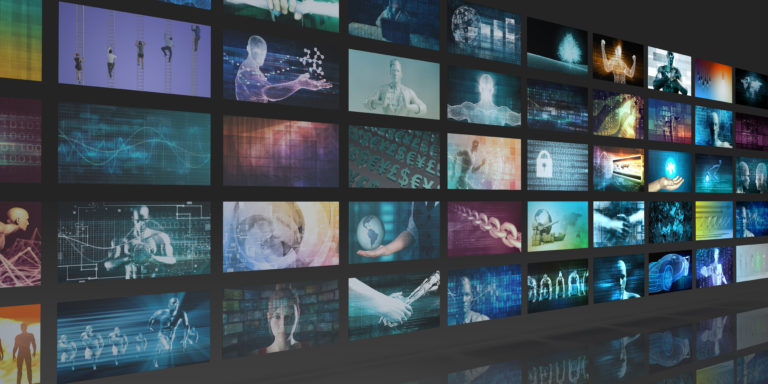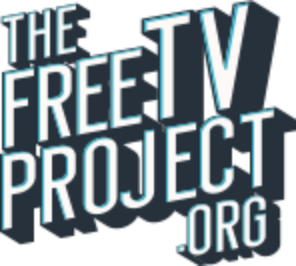When was the last time you added up how much you’re paying to watch TV? If it’s been a while, the answer may surprise you.
Streaming services continue to multiply and add content at a dizzying rate. There are more than 200 streaming networks available in the U.S. now streamed by 36% more American consumers than before COVID-19. Watching Netflix’s “Bridgerton” and also getting in on Disney+’s “The Mandalorian,” Peacock’s “Bel-Air” and Apple TV+’s “Ted Lasso” requires separate, additional subscriptions. And while most services cost between $5 and $18 per month, data from the company TiVo data shows that, by mid-2021, consumers were each subscribed to an average of 8.8 streaming services each. That means an average household could spend $1,728 a year on streaming subscriptions!
We’ve become so accustomed to paying to watch TV that many people don’t even realize that all you need to start watching TV for free is an antenna.

OTA Is The Answer To ‘Subscription Fatigue’
With services decentralized the way they are, some viewers are actually expressing a desire for media monopolies, so they don’t have to keep track of so many subscriptions to so many different networks: Media sources, including MediaPlayNews, report a phenomenon called “subscription fatigue.”
A recent report by consulting firm West Monroe found that for all subscriptions, from home Wi-Fi and cloud storage to meal services and TV streaming, people were paying an average of $273 per month — and underestimating how much that number really was. In fact, 89% undercounted the gross total by $100-$300. FinanceBuzz reported that one in 10 people have no idea how much they spend on streaming services. But, in pre-pandemic numbers provided by Deloitte, 40% of Millennials, 30% of Gen X and 30% of Gen Z subscribers already felt “overwhelmed” by how many subscriptions they manage.
Imagine how much worse the numbers must be now.

The costs can get higher over time, too. Look at Netflix, which started out offering its standard tier of content at $7.99 in 2010 and now charges $15.49 for that level. While services tend to notify consumers about price hikes and Netflix increases do get a lot of press, that doesn’t always mean we’re paying attention. On top of that, unsubscribing can be a pain, requiring one extra thing for people to think about.
Plus, if services are bundled with another, it’s an extra step to figure out how to untangle yourself from one without unloading the other. If you’re not paying attention, you might even find you’re paying for two separate subscriptions to the same service — as a member of our staff recently discovered they were!
Over-the-air TV can help you simplify your life. You’ll probably still want a few subscriptions to some streaming services now and then. But without 11.3 of them, you’ll still have access to a surprising amount of entertainment for way less moolah than before. You’ll also have far less trouble keeping track of things — and more time for entertainment.
How To Start Watching TV For Free
Ready to start watching free over-the-air TV? Here are our top picks for the equipment you’ll need — an affordable one-time investment when compared to the over $40,000 you’d potentially spend on streaming and other services over the next 10 years!
If you live in an urban area or nearby suburb:
Antennas Direct ClearStream Eclipse Amplified TV Antenna
$64.99 from Amazon
This highly-rated indoor antenna is designed to receive frequencies 50+ miles away from broadcast towers. It easily grips to smooth surfaces like walls or windows for optimal placement to pick up as many channels as possible.
Recommended antenna if you live in a far suburb or rural area:
Antennas Direct ClearStream 4V TV Antenna
$130.20 from Amazon
This powerful antenna has a range of 70+ miles and can be installed inside, outside or in the attic. It has UHF and VHF multi-directional elements designed to deliver reception in remote areas.
Pair Your Antenna With An OTA DVR To Record Your Favorite Shows
A DVR or digital video recorder is a device that records and stores video content. Because they record and store video digitally, DVRs do not require removable media, such as DVDs or CDs. Standalone DVR units store videos on a hard drive. There are also cloud DVR services that maintain recordings on the service provider’s remote server.
Before you rush out to buy the first DVR you can find, it’s vital to understand what is required to record over-the-air television. Not every DVR is compatible with TV antennas. Others are compatible but can be challenging to set up.
Some DVRs have multiple tuners, which means you can record numerous programs simultaneously, even while watching something else. Some OTA DVRs include internet connectivity using either Wi-Fi or Ethernet, which allows you to stream recorded video to other devices and cloud storage. In addition, these DVRs often have apps for phones and other devices so that you can access recordings remotely.
- Tablo 4th Generation OTA DVR (2-Tuner model, no antenna): Watch and record up to two shows/channels from your HDTV antenna simultaneously. Included with the one-time purchase is the ability to record up to 50 hours of shows, a 14-day TV guide and an additional 60+ free streaming channels through the TabloTV app. The purchase price is around $99 and you can buy on the TabloTV.com website, Amazon.com, Walmart.com and BestBuy (online or in store).
- Tablo Total System, 4th Generation OTA DVR (2-Tuner model, with antenna): Same bells and whistles as the above 4th gen model, plus a 35-mile indoor antenna is included in the package. The purchase price is around $109 and you can get it on the TabloTV.com website, Amazon.com, and HSN.com.
- Tablo 4th Generation OTA DVR (4-Tuner model, no antenna): Same bells and whistles as the above 2-Tuner models, but you can watch and record up to four shows/channels at once. The purchase price is around $139 and you can currently buy the 4-Tuner on the TabloTV.com website and BestBuy (online or in store).
If you have an external hard drive sitting at home collecting dust, consider adding it to your Tablo set up to record even more shows. Simply connect your antenna and portable hard drive to a Tablo device and you’re ready to go.
If you want to purchase a portable hard drive for more recording capacity, Tablo recommends USB-connected portable hard drives (USB 2.0 or 3.0, 1 TB to 8 TB in size). These are the ones their team recommends: WD 1TB Elements Portable External Hard Drive and the WD 2TB Elements Portable External Hard Drive.
